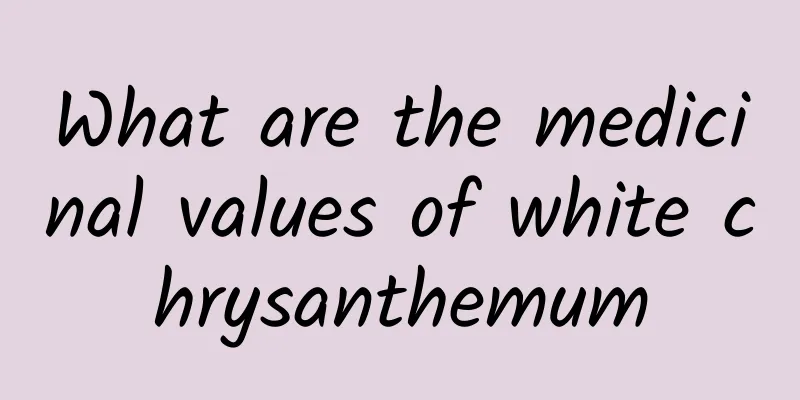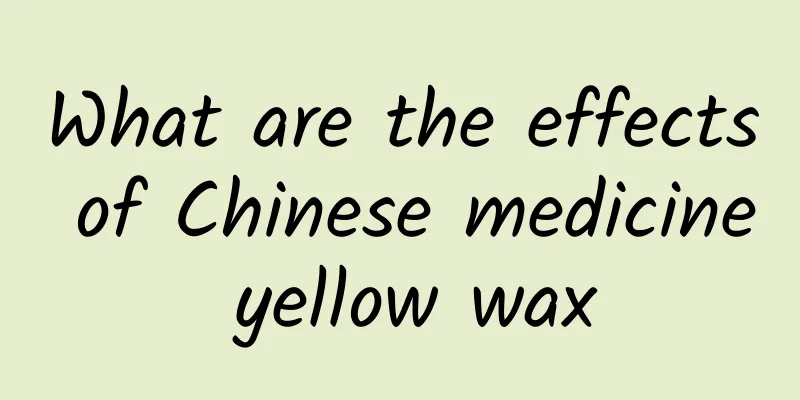The efficacy and function of Huoxuedan

|
Regarding Huoxuedan, I think some people may have heard of it or even taken it. It doesn’t matter if you haven’t heard of it. Next, I will introduce Huoxuedan to you. [Other names] Ground incense, ground money, cymbals, grass money, copper coin grass, white ear mo, frankincense vine, Jiulixiang, half pond lotus, noon cold, money everywhere, money early grass, money wormwood, also hoof grass, bone-penetrating, bone-penetrating wind, wall-passing wind, bone-setting wind, barbarian grass, mint, wall-penetrating grass, menstrual medicine, wind grass, lung wind grass, money mint, eighteen-deficient grass, Jiangsu money grass, a string of money, four-sided goat god root, horse hoof tendon grass, broken copper coin, opposite leaf money grass, malnutrition grass, ground-drilling wind, bone-setting [Source] Medicinal material source: the whole herb of the Lamiaceae plant Radix Psoraleae. [Original form] Dandelion, perennial herb, 10-30cm tall, young and tender parts covered with sparse long soft hairs. The stolons take root from the ground, and the stems are ascending and quadrangular. Leaves are opposite; petiole is 1.5 times longer than leaf blade, pubescent; leaf blade is cordate or nearly kidney-shaped, 1.8-2.6cm long, 2-3cm wide, with acute or obtuse tip, crenate margin, pubescent or stiff hairs on both sides. The whorl inflorescence usually has 23 flowers; the bracts are linear, 4mm long, and ciliate; the calyx is tubular, 9-11mm long, pubescent on the outside and slightly pubescent on the inside, with 5 calyx teeth, 3 longer teeth on the upper lip, 2 slightly shorter teeth on the lower lip, awn-shaped at the top, and ciliate; the corolla is blue or purple, with dark spots on the lower lip, and the corolla tube is long or short, the long tube is 1.7-2.23cm long, the short tube is 1-1.4cm long, and the outside is ± concave; the stamens are 4, hidden, the posterior pair is longer, and the anthers are 2-chambered; the ovary is 4-lobed, the style is slightly extended, and the stigma is 2-lobed; the disk is cup-shaped, finger-like and swollen in the front. The nutlets are oblong-ovate, about 1.5 mm long, and dark brown. The flowering period is April-May, and the fruiting period is May-June. [Habitat distribution] Ecological environment: Grown in shady and moist places such as forest edge, under sparse woods, on grassland or beside stream at an altitude of 50-2000m. [Properties] Identification of properties: the stems and leaves are square cylindrical, thin and twisted, 10-20 cm long, 1-2 mm in diameter, yellow-green or purple-red on the surface, with longitudinal ridges and short soft hairs, and adventitious roots on the nodes; they are brittle, easy to break, and the cross section is often hollow. The leaves are opposite, gray-green or green-brown, mostly wrinkled, kidney-shaped or nearly heart-shaped when flattened, 1-3cm long, 1.5-3cm wide, with scalloped edges. The petioles are slender, 4-7cm long. The cymes are axillary, the corolla is light blue or purple, two-lipped, and up to 2 cm long. It has a fragrant aroma when rubbed and a slightly bitter taste. [Chemical composition] The stems and leaves contain volatile oils, the main components of which are pinocamphone, menthone, pulelgone, α-pinene, β-pinene, limonene, 1-8-cineole, p-cymene, isomenthone, isopinocamphone, linalool, mentholk and α-terpineol. The ingredients vary depending on the origin, usage and other factors. It also contains glechomafuran and glechomanolide. In addition, it also contains ursolic acid, β-sitosterol, palmitic acid, succinic acid, caffeic acid, ferulic acid, choline, vitamin C and stachyose. [Pharmacological action] 1. It has a choleretic effect and can stimulate the bile secretion of liver cells, increase the bile in the hepatic bile duct, increase the internal pressure, relax the sphincter of the bile duct, and make the bile discharged. 【Nature and flavor】 Bitter; pungent; cool 【Meridian】 Liver; Gallbladder; Bladder 【Functions and indications】Promotes dampness and relieves stranguria; clears away heat and detoxifies; disperses blood stasis and reduces swelling. It is used for stranguria caused by heat, stranguria caused by stones, jaundice caused by damp heat, swelling and pain caused by sores, carbuncle, and injuries caused by falls. [Usage and Dosage] For oral use: decoct in water, 15-30g; or soak in wine, or mash into juice. For external use: take appropriate amount, mash and apply or squeeze the juice for application. 【Excerpt】 Chinese Materia Medica Everyone should know about the medicinal value of Huoxuedan. We should pay more attention to information in this area so that we can be prepared when encountering problems and avoid panic. |
<<: The efficacy and function of the inverted jar root
>>: The efficacy and function of hanging cattle
Recommend
Impatiens balsamina
Effects of Impatiens balsamina Impatiens balsamin...
The function and effect of floor brush
Chinese medicinal materials are very common, and ...
The efficacy and function of walnut oil
Walnut oil is very familiar to everyone. Walnut o...
The efficacy and function of traditional Chinese medicine Sugeng
I don’t know if you have used the traditional Chi...
The efficacy and function of yellow back grass fruit
There are so many medicinal herbs in the world, a...
Affects your appearance! Habitually opening your mouth does not necessarily mean mouth breathing! What should I do if I breathe by mouth?
When you are watching short videos on your mobile...
Fast charging vs flash charging! What is the difference between the two charging methods? Finally figured it out
As mobile phones become more and more powerful Ev...
The efficacy and function of sugarcane chicken
Sugarcane chicken is a very common Chinese medici...
The efficacy and function of Lycoris
Traditional Chinese medicine is very effective in...
What is Psoralea corylifolia called?
All medicines have two sides, but as long as we t...
The efficacy and function of Acorus calamus
As people's living standards improve, they pa...
A Zhejiang woman ate a poisonous conch that looked real, causing her heart to stop beating! How can we tell the difference?
On June 9, Ms. Zhang, a 51-year-old woman engaged...
Oregano's effects and functions
Do you know what oregano is? It is also called an...
The efficacy and function of calyx
As the pressure of modern life increases, more an...






![The efficacy and function of Chuanwu[Picture]](/upload/images/67ca5ce63c578.webp)
![The efficacy and function of Daqingmu [picture]](/upload/images/67ca744cd9893.webp)

